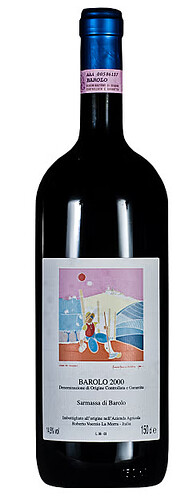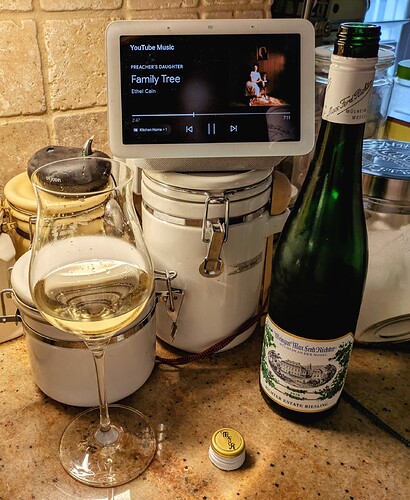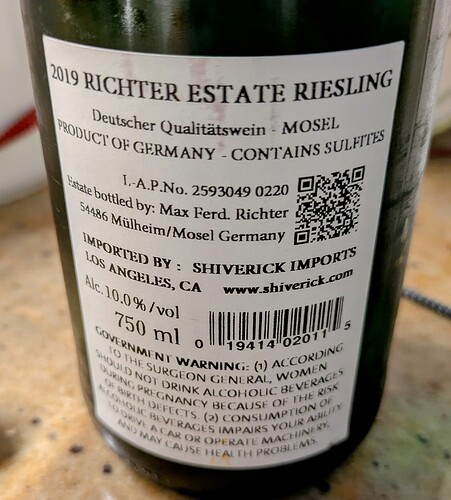??? “Standing out” is what all the new wave European natural wineries do with their labels.
The market has softened quite a bit with the most recent vintages. 22 and 23 are not moving very quickly.
the funny thing is a lot of wine makers use the same couple of designers for artistic direction. for example sylvie luccisano is popular among some small burgundy producers…
It’s certainly true in France, across regions. Just look at Bordeaux labels!
I don’t think that’s true at all as a generalization about Italy. They’ve been way more imaginative in their labels going back at least to the 80s. But, then, they were less burdened by tradition and reputation than the French.
?? Bordeaux markets based on tradition. But there are many other regions in France. Loire/Jura/Alsace and many others have newer younger winemakers who market with silly labels.
That said, there is no one way to market wine, because there are different consumer segments who respond differently. The other question would be whether the labels that attract Adam Frisch attract different Euro consumers.
Yeah, I’d agree with that. I mean Gaja etc actually were pioneers in label design in many ways.
Gaja? Ugliest labels out there.
Perhaps, but they were very early with promoting the family name as a brand - almost nobody did that back then.
Why does that even matter? Also…Guigal, Mascarello, Prüm, etc.
I’m not sure we’re talking about the same thing here, but all the names you gave are perfect examples of the generic labels I was mentioning. Pretty much every Riesling bottle I see has a label that looks exactly like Prüm. Or Guigal.
Gaja we can dislike of course, but it’s different in its approach to branding. The family name is the main thrust and it’s been designed to catch your attention for that purpose. It sticks out.
I know on this board design isn’t considered as important, but on the shelf it is. Good design sells wine. Ask Dave Phinney.
I’m glad you don’t do marketing for me.
I’m glad too. ![]()
Yeah, I’d agree with that. I mean Gaja etc actually were pioneers in label design in many ways.
Only if putting your family name in the largest possible font qualifies. There is nothing else imaginative about the Gaja labels.
And there was precedent for the family name in large type:
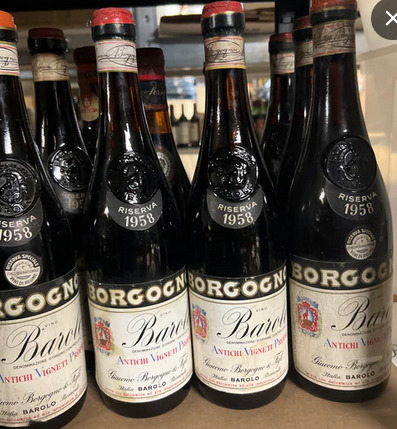
And Vietti went with a sans serif font and art as early as 1970:
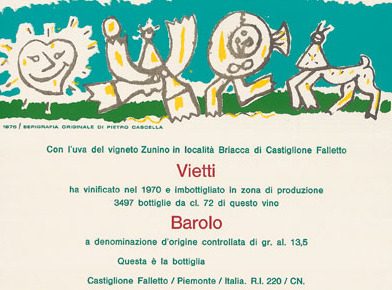
Likewise, Roberto Voerzio has featured art on his labels since at least the 1980s:
Is there any evidence at all that wine labels are a plus or a minus in terms of sales for premium wines? Maybe in the under premium market it might be an influence at times. I think most geeks will buy a good wine regardless of the label.
Identical
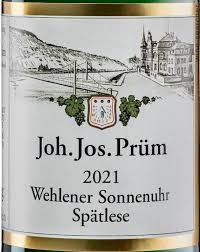
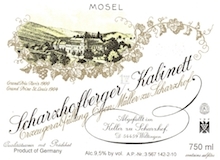
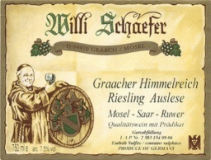
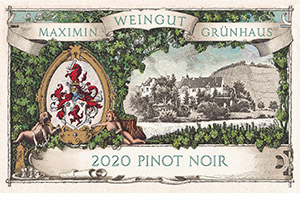
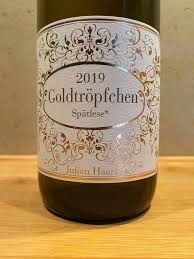
Yeah, but most of those wines have residual sugar so Adam doesn’t count them. ![]()
Exactly. Family name as the brand has long been the norm in Piedmont.
wow very interesting. didnt realize this was such a big thing.
Great initial story linked, and lots of great observations in the comments. It’s unfortunate that the market has changed negatively, while the land and the difficulties in growing grapes there, have not been able to respond. I wonder if global warming and the demand for red Burgundy might create the possibility to consider pinot on some of those sites. I have generally liked the – carefully selected by importers! – German pinot noir I’ve tried, but its clearly a super niche category. I don’t even buy much German riesling, as most/all of my family do not like off dry wines at all. But I like them, and am making Korean food tonight, and since they’re gone for the weekend…
…this thread motivated me to open a bottle of the 2019 Max Ferdinand Richter ‘Estate Riesling’ [Mosel] which has verve and great balance. For those who are wondering where all the modestly priced kabinett of the 2001 era went…this is a fair stand in even if this screwcapper might not age for decades. I don’t know anything about the vineyards, and am assuming this is a blend of leftovers from the pradikat vats, but it’s a 10% abv delight, and for my tastes is an A-.
You should post that here as well!
I am surprised this thread doesn’t already exist. It’s past time to start one. [IMG_1761] I made four big mistakes with this wine: I served it too cold. I didn’t decant. I tried drinking it as an aperitif. I’ve ignored it, and the rest of the White Capsules, because they aren’t labeled Grosses Gewachs. The first three unforced errors made the first 60% of the bottle rather perplexing. It had all the components of a fine dry riesling, but it was aggressively tart - akin to su…

